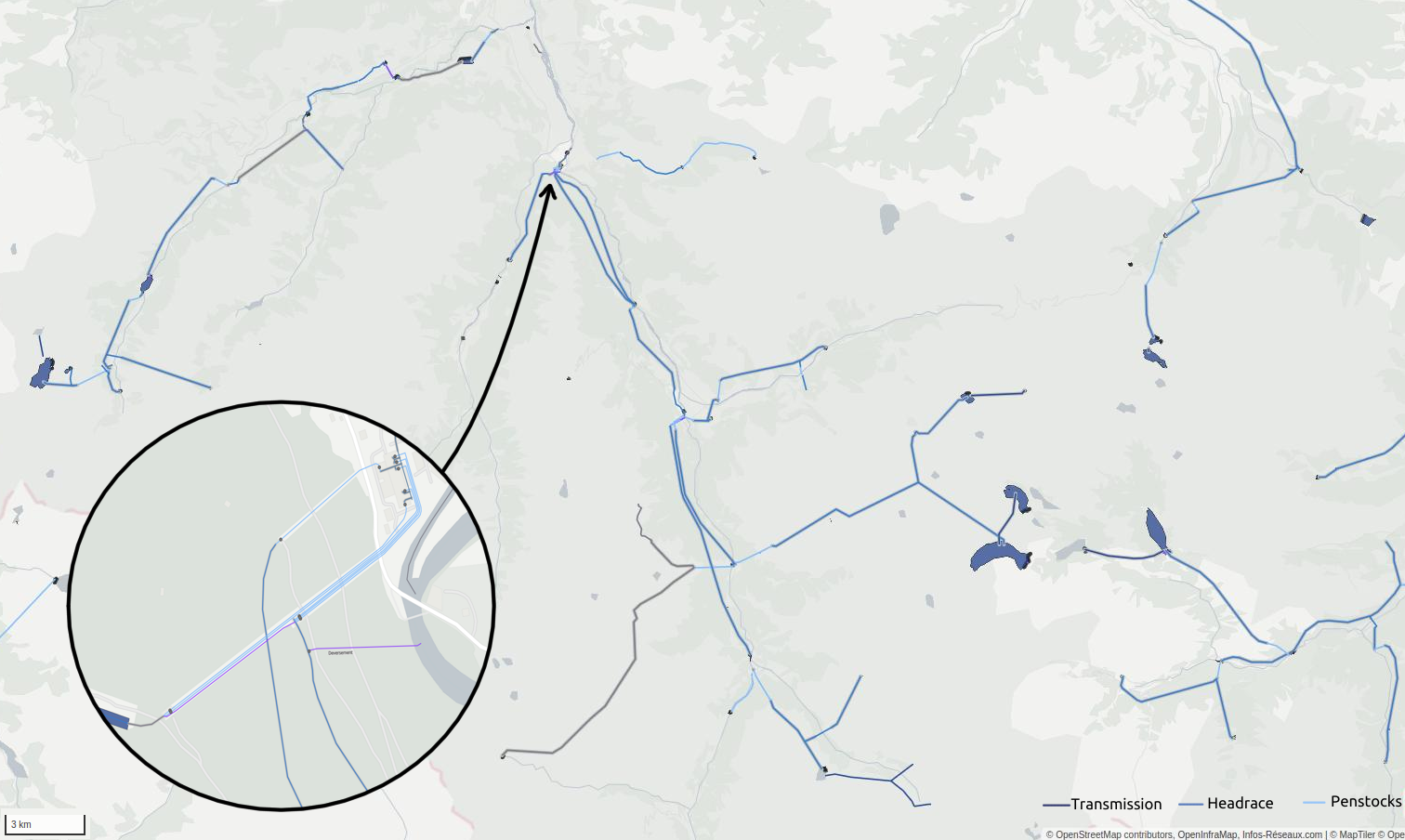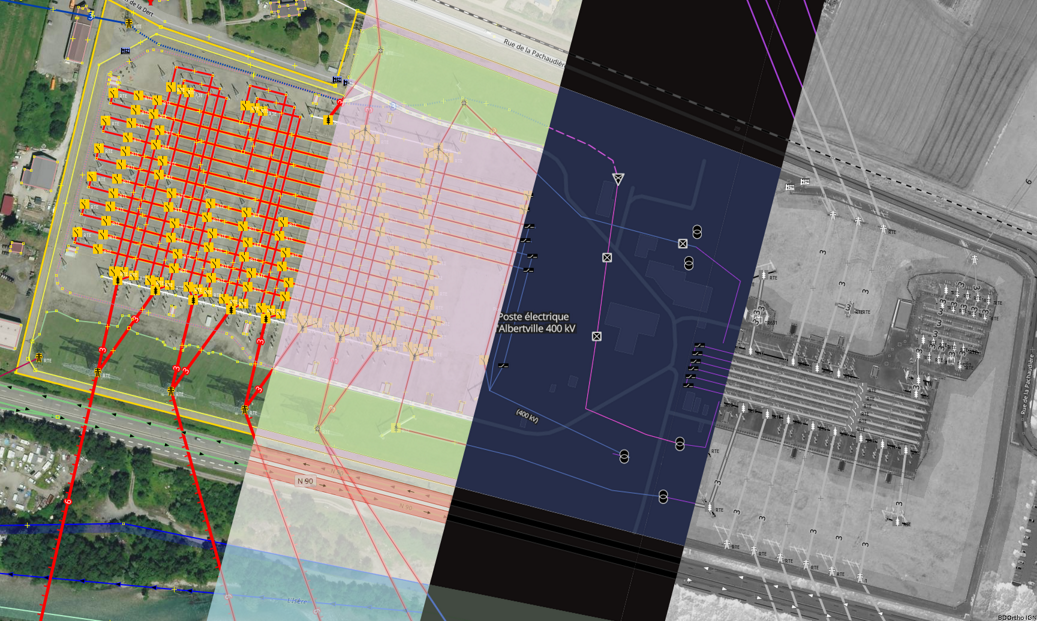Power infrastructure, climate change and OpenStreetMap
InfosReseaux 于 2025年一月19日 以 English 发布 最后一次更新于2025年一月27日。OpenStreetMap is now 20 years old. Its community is contributing to complete a geographical database which fuel many activities, for instance useful for energy transition and power grids asset management. The increasing impacts of extreme weather phenomenons like storms or wild fires disrupt power grids and expose them to wider outages. Operators have to reinforce and adapt their assets for those upcoming challenges.
Overhead power grids asset management had suffered from disinterest since early 1990s for instance in France. It remains at least a significant challenge in developed countries. Important decisions that had been made to bury them and more generally because they are “highly visible infrastructure” don’t bring value to accurate knowledge about existing infrastructures. Nevertheless, several decades are required to completely hide a very capillary distribution grid. So we need to better describe them for sake of maintaining remaining overhead power grids, particularly ones that couldn’t be buried. In particular, very high voltage transmission lines will remain mainly overhead.
Producing and maintaining knowledge about utility networks assets is tedious and expensive without appropriate tools. I already had opportunity to explain how the “OpenStreetMap way” is helping for power transmission grid knowledge, back in 2020. Operators now face other challenges and are busy with bigger investments for transitions. Yet lesser time left for knowledge management as projects pace accelerate. Power grids inventory started early after OpenStreetMap birth in 2004. It began with most visible transmission grids. Tagging improvements are continuously made since 2010 and 15 years later we reach another step with a deeper experience in such activities.
… 查看完整日记文章


 Following a
Following a  Infrastructure cartography is the main topic I’m involved in in OpenStreetMap and certainly one of many good reasons of why such a free project is valuable nowadays. It’s really useful to get such data as a professional, to work for many network rollout or operation company. It’s also important as a citizen, to get a better understanding of how a city or our own district actually breathe or get fed by its different man made supplies. Everyone is able to more and more use OSM to get many other data than the road network which was the main initial proposal of the whole project.
Infrastructure cartography is the main topic I’m involved in in OpenStreetMap and certainly one of many good reasons of why such a free project is valuable nowadays. It’s really useful to get such data as a professional, to work for many network rollout or operation company. It’s also important as a citizen, to get a better understanding of how a city or our own district actually breathe or get fed by its different man made supplies. Everyone is able to more and more use OSM to get many other data than the road network which was the main initial proposal of the whole project.